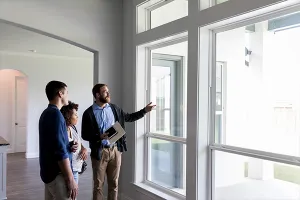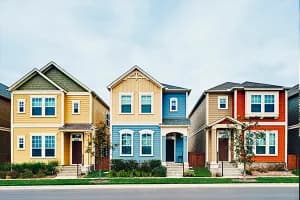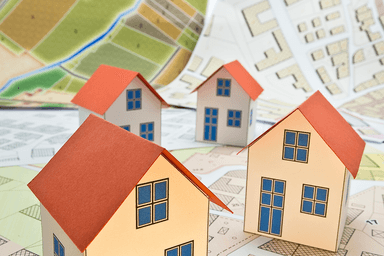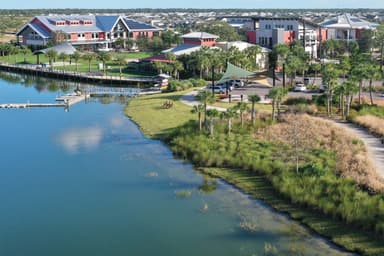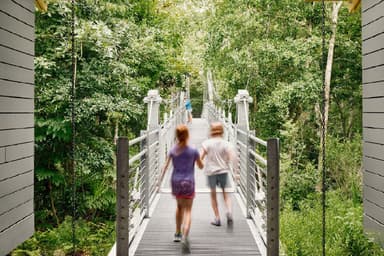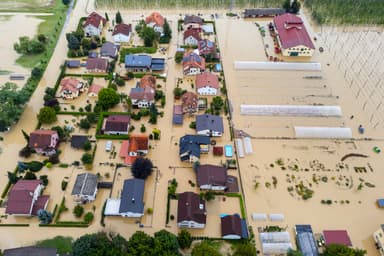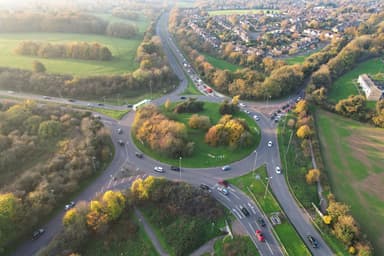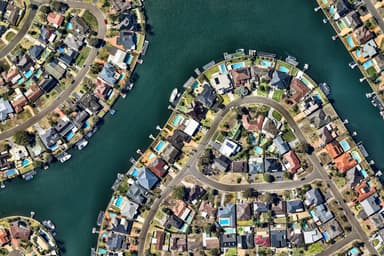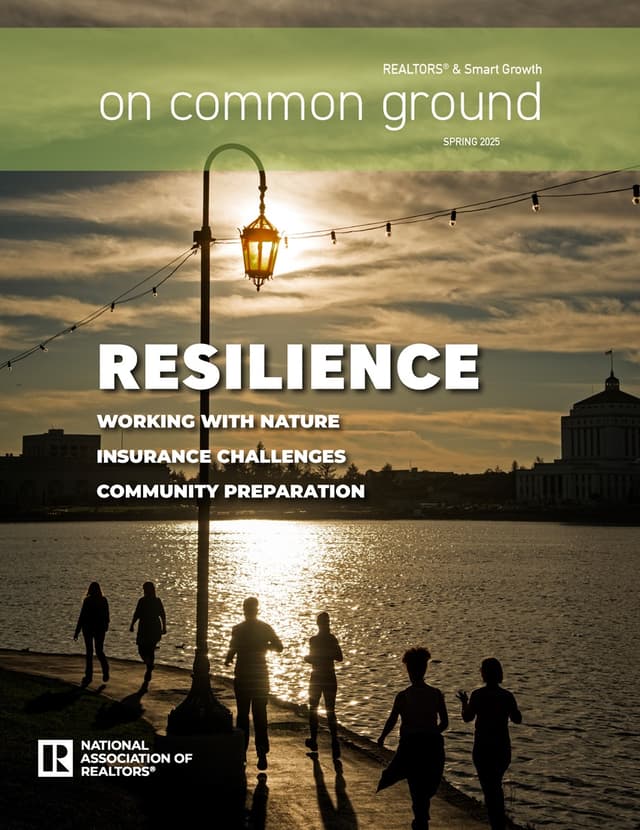In this edition of On Common Ground, we explore the many dimensions of resilience in the face of growing hazards. We examine these challenges through various lenses—structural, residential, commercial, financial and purposeful design. We also consider community-wide preparedness strategies and how to strengthen our increasingly strained insurance system. Resilience also often begins at home.
In This Issue
In a world where no location is spared from some aspect of intensified weather or its collateral impacts, resiliency comes in shades.
Planners, architects, builders, developers, REALTORS® and even insurance companies are rallying to get a handle on resilient design.
Many cities have taken advantage of the BRIC federal program and Hazard Mitigation Grant programs to mitigate the worst aspects of natural disasters.
Planning, retrofits and new systems for resilience to extreme weather and to maintain operations during natural disasters.
Experts from the fields of architecture, engineering, planning and insurance figured out how to harden houses against the threat of natural disasters.
The trend toward working with nature rather than replacing it is making buildings and their environments more resilient.
Climate change's consequences felt more real following the recent wildfires in the city of Los Angeles and flooding in the North Carolina mountains.
Every place has at least two hazards to consider for transportation resilience, and in most places the threats are rising.
